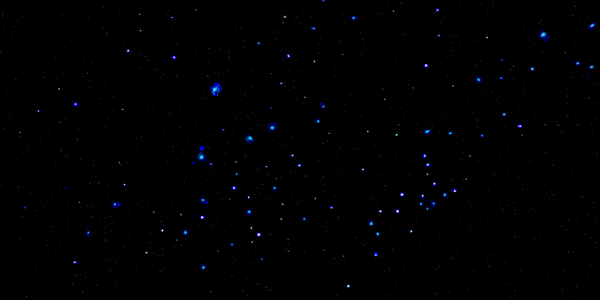On Glowworms

Glowworms in a cave in Waitomo, North Island, New Zealand. (Yes, this is a real photograph—long exposure, some toning in Lightroom to help bring up the tiny pricks of glowworm light.)
The glowworms of New Zealand are amazing, they're magical, and they're undoubtedly the prettiest larval fungus gnats you'll ever see
Where to see New Zealand glowwormsNorth Island:
• Waitomo caves
• Wairamino gorge
South Island
• Te Ana-au cave
They carpet moist, dark surfaces in unearthly constellations of bluish light, creating starfields that wash across the rocky walls of caves and some wet cliffs and river canyons in New Zealand and Australia.
From afar, in the dark, glowworms are ethereal, almost magical creatures, like you've stumbled into a chapter from a Sci Fi/Fantasy book.
That's from afar—and with the lights off.
What a glowworm looks like with the lights on
If you want glowworms to remain magical, please stop reading now.
Ok, I warned you.
Up close, in the light, you will see that behind each glowworm's glow is an inch-long Arachnocampa luminosa—or, in the common tongue, "glowing spider-grub." Their everyday name is the larval fungus gnat.
Yeah, they look about as pretty as they sound.
And those 40cm long threads hanging down from each one—as many as 70 dangling off each larva—that look a bit like pearl necklaces with space between each pearl? Those are silk snares for catching prey (the "pearls" are droplets of mucus); they work like fishing rods. The larva prey on anything that flies up to investigate the glow: mosquitoes, moths, midges... even adult fungus gnats.
That's right: they're cannibalistic larval fungus gnats.
Now how pretty are they?
The super sad true love story of a fungus gnat's life cycle
The larval stage lasts 6 to 12 months. These are the glowworms salad days, spent glowing and eating and growing. This period also represents the majority of the creature's time on Earth.
After four stages of growing (it has to keep shedding, since its head is encased in a hard helmet and otherwise could not grow with the rest of the body), the larval pupates.
At this point it starts hanging off the wall, doing nothing, and only glowing interimittently and sullenly. (Truly, the teenage years.)
After a week or two of hanging around, the pupa emerges as full-fledged adult fungus gnat with only one thing on its tiny insect mind: Mate.
Mate right now.
This urge may seem not to set the fungus gnat that far apart from most humans, but mating is a far larger biological imperative for a newly hatched fungus gnat because nature forgot to give the adults mouths.
They have to get on with everything they have to do in their adults lives before they starve to death.
So. the males mate and die (just before leaving the pupa stage, females glow really, really brightly, a beacon to any nearby males so they can be right there and be ready as soon as the ladies hatch).
The females live long enough to lay 130 or so eggs, then they die.
Twenty days later, the new larva hatch... and they begin to glow.
Related Articles |
Related Partners
|
This article was by Reid Bramblett and last updated in October 2011.
All information was accurate at the time.
Copyright © 1998–2013 by Reid Bramblett. Author: Reid Bramblett.
